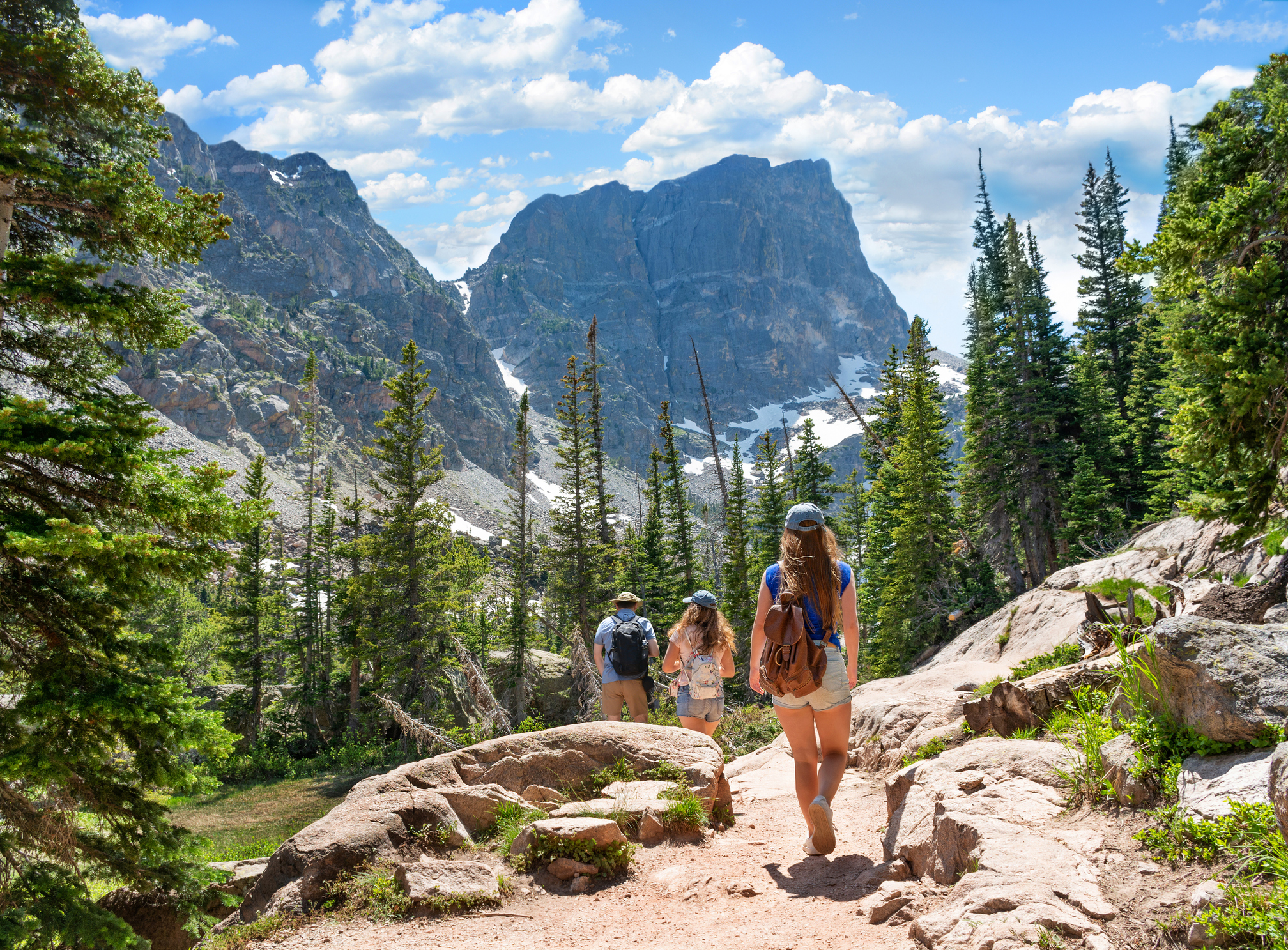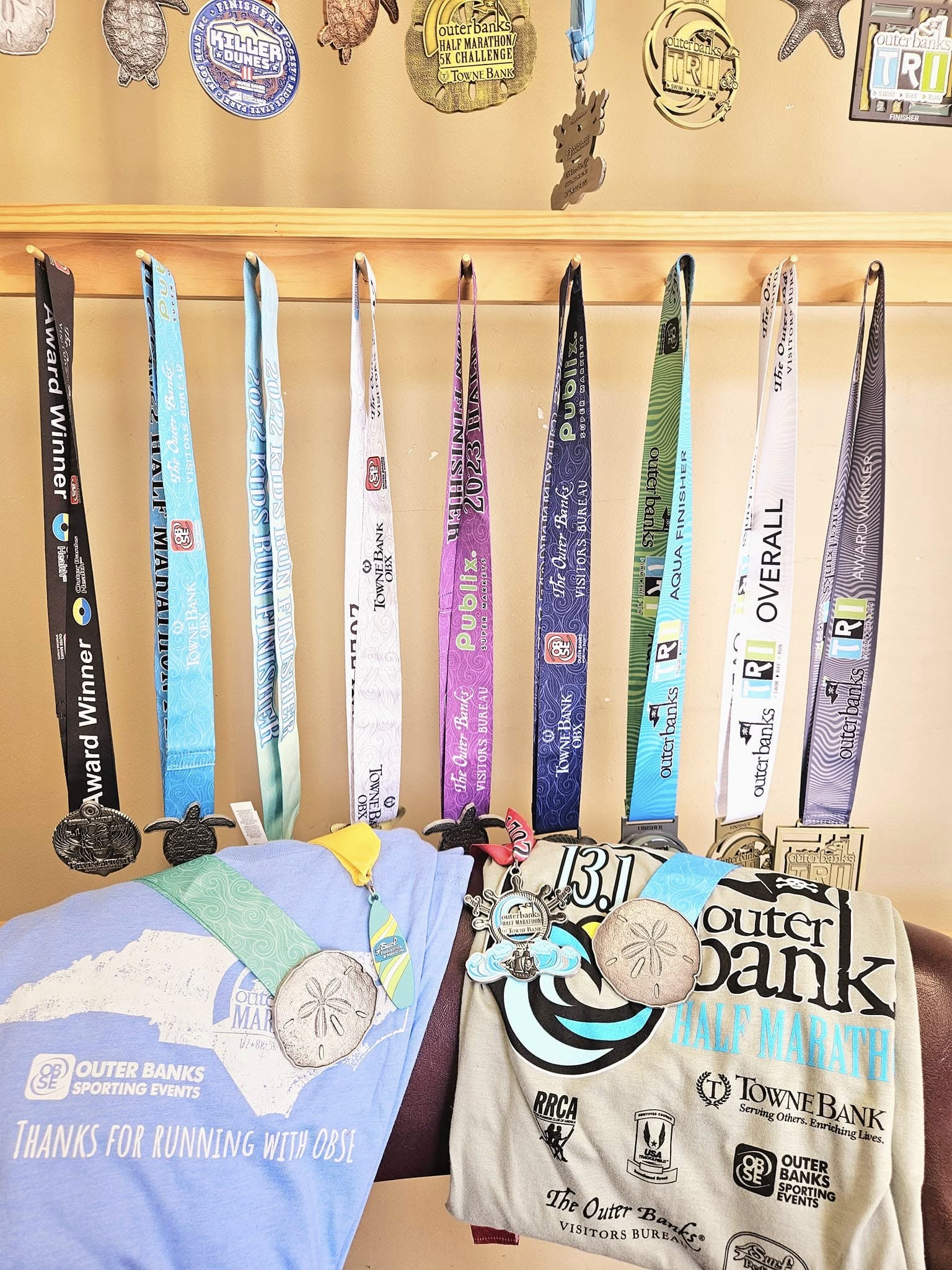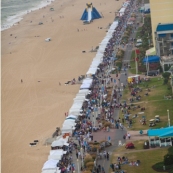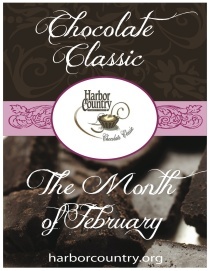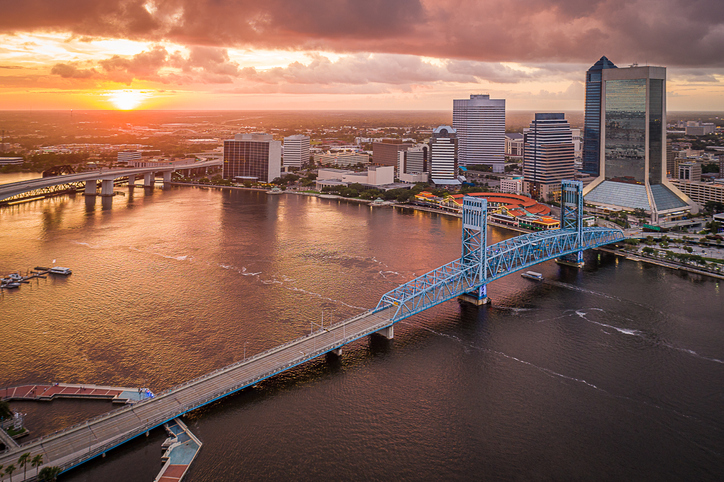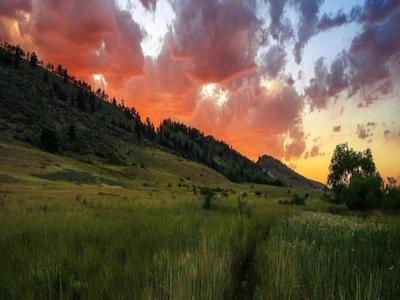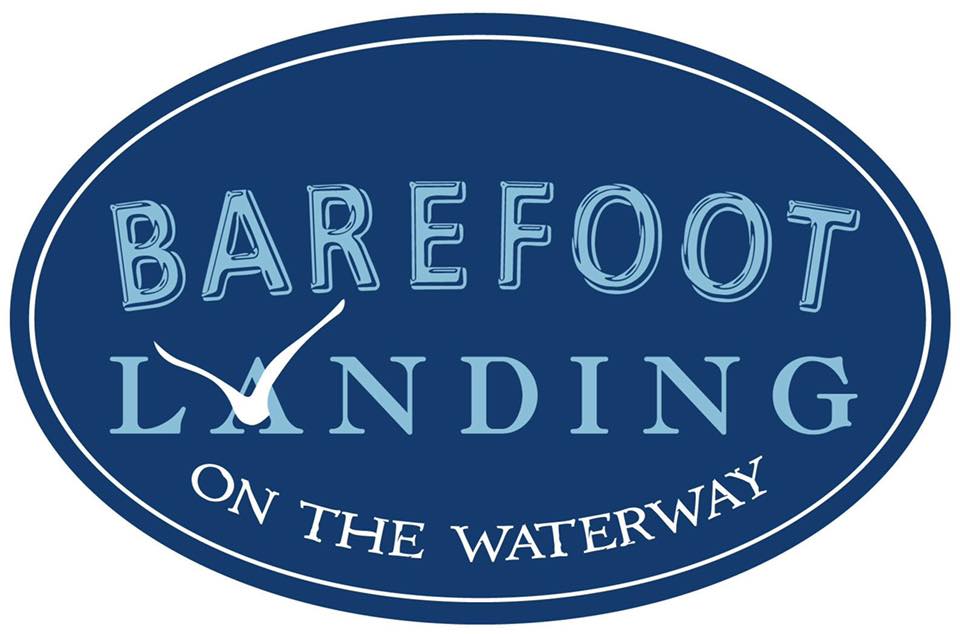Save on Fees and Experience Professional Service
IDEA DRIVEN VACATIONS
Search for Travel Guides, News, Events, Special Interests, and More!
-
Activities and Interests
Uncover fun activities and special interests for your upcoming trip
-
Event Travel
Plan your trip around concerts, festivals, and special events worth traveling for
-
Attractions
Explore top landmarks, scenic spots, and can't-miss local highlights
-
Travel Guides
Navigate each location like a local with our detailed travel guides
-
Travel News
Stay updated with the latest travel trends and vacation rental tips
-
Trip Ideas
Find inspiration for your next getaway with curated trip suggestions and themes
-
Travel Newsletter
Join our newsletter for exclusive travel insights, featured destinations, and trip planning tips
TRENDING
Safety Tips For Mountain Trips
by William Andrews
The Outer Banks Marathon Weekend
November -
Kitty Hawk North Carolina
Neptune Festival
September -
Virginia Beach Virginia
Chocolate Classic
February -
Union Pier Michigan
Things To Do Jacksonville Area Florida
Jacksonville Area Florida
Travel Guide
How to Start a Travel Blog
How to Start a Travel Blog from the Beginning

Establish your Audience
After determining your niche, you can go on to identify your audience properly. For instance, if your niche is centered around travel guides for family vacations and tours, there’s a huge chance that your target audience could be couples or parents. Once you’ve determined who your target audience is, ensure that you keep them in mind every step of the way.
Research Competitors
Pick a Name for your Blog
Take a look around. Most travel blogs already use words like “trip,” “adventure,” “travel” and whatnot. While there’s nothing wrong with joining the party and using these over-flogged words in your brand name, you can’t set your brand apart when you use cliches. Think outside the box and come up with something creative that the entire industry hasn’t seen yet. Special characters are like a pet rock - you don’t need them. Although it might be tempting to use hyphens, underscores, and other special characters in your brand name, they only make it hard to describe or even remember. Ditch the bells and whistles and go for something simple.
When choosing a name for your travel blog, you have to ensure that you aren’t limiting yourself permanently. For instance, if you choose a name that says “American tour guide,” you may have to limit yourself to only American tours and trips. If you feel like your brand and content will grow over time, try not to restrict yourself to one particular niche when choosing a name.
Set up Hosting
Install WordPress and Customize your Website
Get Down to Creating Content
Final Thoughts
Good luck!
Additional Find Rentals Articles
Vacation Rental Managers, Vacation Rentals, Travel Guides, Event Travel
Pigeon Forge Tennessee
A Travel Guide To Fort Collins Colorado
Fort Collins Colorado
Summerfest! At Barefoot Landing
June -
North Myrtle Beach South Carolina

